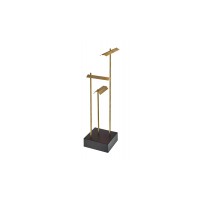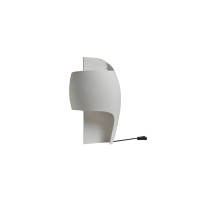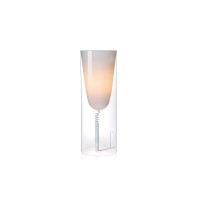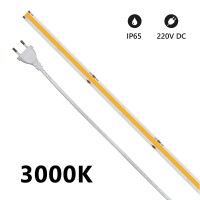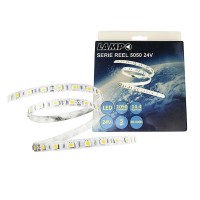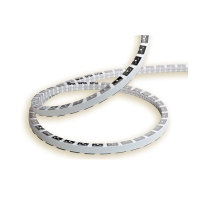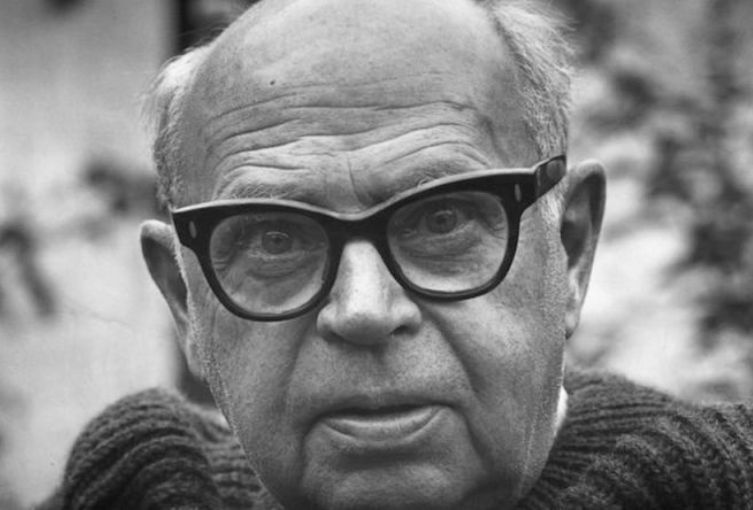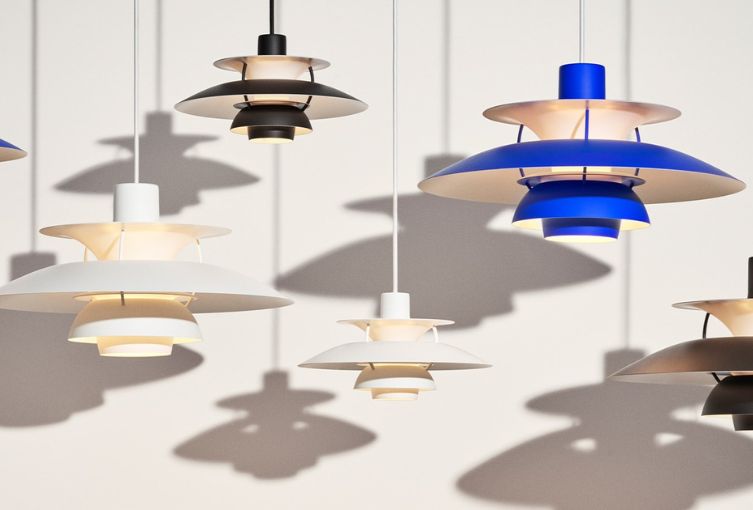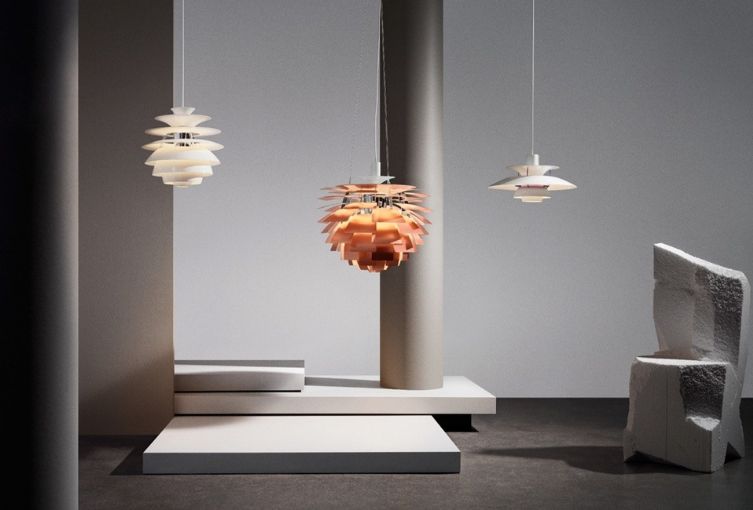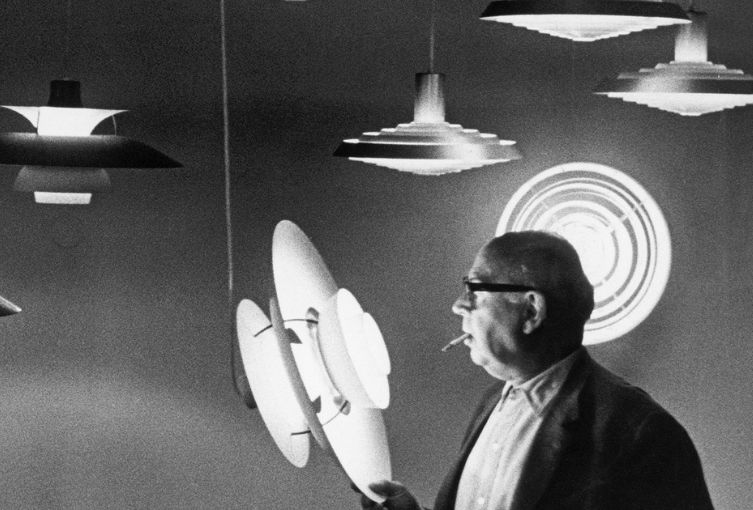Louis Poulsen and the story with Poul Henningsen
If you've ever wondered how the lifelong collaboration between Poul Henningsen and Louis Poulsen came about, you've found the right article for you, because that's exactly the topic we're going to develop, so keep reading so you don't miss it!
The origins of Poul Henningsen
Poul Henningsen was born on September 9, 1894 in Ordrup, a suburb north of Copenhagen, Denmark. Son of the author Agnes Henningsen, he grew up in a cultured and progressive environment which profoundly influenced his vision of the world and of design. From a young age, he showed a strong interest in art and technology, leading him to undertake architectural studies at the Copenhagen Polytechnic.
Although he never earned a formal degree in architecture, his education combined elements of design, engineering and lighting, a mix that would prove crucial to his career. During the first years of his profession, Henningsen then dedicated himself to the design of buildings, furniture and, above all, lighting systems.
The birth of interest in lighting
In the 1920s, Poul Henningsen began to reflect on the importance of the quality of light in domestic and public environments. He noticed how the incandescent light bulbs of the time generated harsh, direct lighting, often uncomfortable for the eyes. This led him to develop a new concept of light design based on the diffusion and control of light to reduce glare and improve the atmosphere of spaces.
In 1924, he then entered a lighting design competition, where he presented his first major innovation: the multiple-screen system, designed to spread light evenly. His project was so interesting that it attracted the attention of Louis Poulsen, a Danish company specializing in lighting, with whom he began a lifelong collaboration.
The rise of Louis Poulsen
Louis Poulsen Lighting was founded in 1874, initially as an importing company for electrical tools and supplies. With the arrival of Poul Henningsen, the brand became synonymous with excellence in designer lighting. The partnership between Henningsen and Poulsen proved to be an immediate success, with the creation of innovative lighting solutions that combined aesthetics and functionality.
The turning point came in 1925, when Henningsen designed the legendary PH lamp for the International Exhibition of Decorative and Industrial Arts in Paris. This revolutionary design, based on a structure of three overlapping screens, obtained the gold medal and marked the beginning of the modern era of lighting.
The principles of the Louis Poulsen brand
Louis Poulsen has always stood out for his approach based on three fundamental principles:
1. Design designed for light – Each product is developed to ensure optimal diffusion of light, reducing glare and improving visual comfort.
2. Form follows function – Aesthetics is never an end in itself, but derives from careful functional design.
3. Quality and craftsmanship – The company uses high quality materials and accurate production processes to ensure durability over time.
These principles have made Louis Poulsen an iconic brand, capable of creating timeless pieces that are still considered references in the world of design today.
Louis Poulsen's best sellers
Among the numerous products developed by the collaboration between Henningsen and Louis Poulsen, some have become true design icons:
* PH Lamp (1925-1926): This model is perhaps the most representative of Henningsen's work. Its three (or more) screen structure ensures a soft light distribution free of unwanted reflections.
* PH Artichoke (1958): Named for its resemblance to an artichoke, this suspension lamp is made up of 72 blades positioned to diffuse the light without creating glare.
* PH5 (1958): One of the most famous and versatile pendant lamps, perfect for domestic and commercial environments.
* AJ Lamp (1960): Designed by Danish architect Arne Jacobsen for the SAS Royal Hotel in Copenhagen, it is another great classic distributed by Louis Poulsen.
The legacy of Poul Henningsen
Poul Henningsen was not only an innovative designer, but was also an intellectual and a social critic. During the Nazi occupation of Denmark, he moved to Sweden, where he continued to work in the field of lighting and write political criticism. His contribution to design did not stop at lamps alone, but extended to urban planning and public lighting.
After his death in 1967, his work remained a point of reference for designers around the world. In fact, Louis Poulsen continues to produce his masterpieces, keeping alive his philosophy and his revolutionary approach to lighting.
In conclusion, Louis Poulsen and Poul Henningsen wrote one of the most important pages in the history of Danish and international design. Thanks to meticulous attention to the quality of light and aesthetic functionality, their products are still among the most sought after and appreciated today. Those who choose a Louis Poulsen lamp are not just purchasing a design object, but a piece of history, a symbol of lighting designed to improve daily life.
Discover Louis Poulsen products on our Diffusione Luce website!
Written by Alice Pruccoli
Share this content
